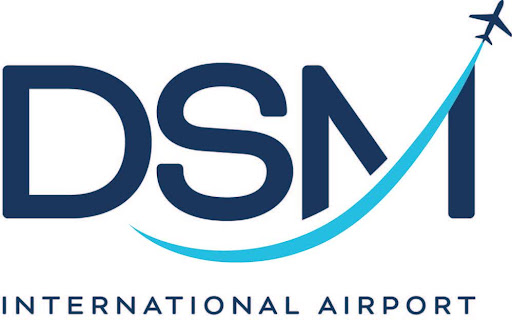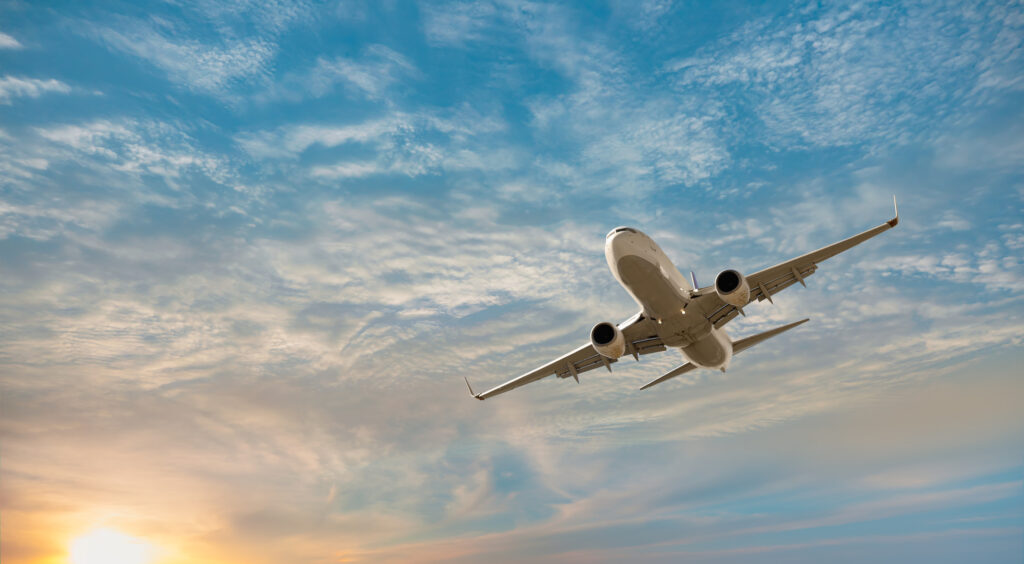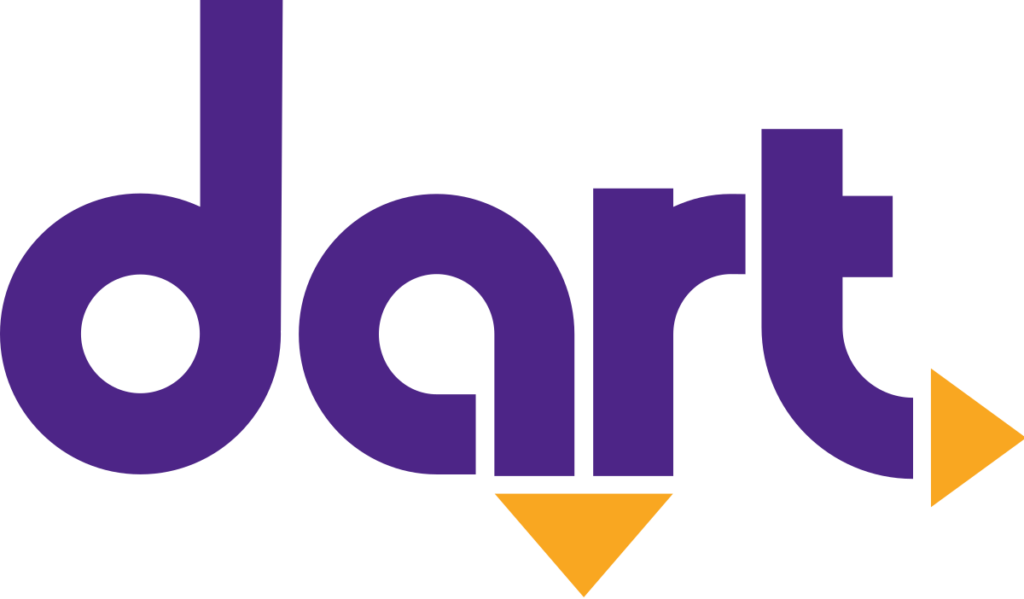2012 in Review: Transportation

DART expands bus service and opens new Central Station
There was no shortage of activity for the Des Moines Area Regional Transit Authority (DART) this year.
In the first year of DART’s long-range expansion plan, the transit system expanded its service by about 13 percent by adding, dropping and updating lines. DART also moved into its Central Station transit hub in November, which officials say is a vast improvement over the Walnut Street Transit Mall.
DART spokesman Gunnar Olson called 2012 “far and away the busiest, most intense, transformative year for DART, or public transit in Des Moines, in many, many years.”
It’s too early to see the effects on the ridership numbers, which were up about 2 percent in the first four months of the fiscal year. DART General Manager Elizabeth Presutti said it would take 12 to 18 months to ascertain the full impact of the service changes.
The one negative for DART in 2012: Officials were unable to secure funding for a bus rapid transit line. Bus rapid transit is described as a rail-like bus system, with more frequent service than a normal route. DART has received commitments of funding from the city of Des Moines and a number of businesses to reach about $1.8 million of its $5 million local match goal, but was unable to secure funding from the state. Read full story
Gasoline prices come full circle
After a roller-coaster ride in 2012 in which gasoline prices twice neared $4 a gallon for regular gas, prices have returned to the almost the same level they were last December, according to DesMoinesGasPrices.com. The average gasoline price was $3.12 for a gallon of regular gas in the Des Moines metro area on Dec. 14, but you could find ethanol-blend gasoline for $2.99 a gallon. Retail gasoline prices are expected to average about 5.5 percent lower in 2013, Dan Burrows wrote on InvestorPlace.com last week.
State transportation plan predicts millions more needed for roads
The Iowa Department of Transportation (DOT) released its long-term Iowa in Motion – Planning Ahead 2040 plan in 2012.
The DOT is required by federal law to have a long-range statewide plan but hadn’t done one since 1997. This one was designed to go above and beyond the minimum federal requirements, one DOT official told the Business Record.
Key pieces of information in the plan include:
• More Iowans are predicted to live in metro areas than non-metro areas, which could mean more congestion in metro areas and less road funding for rural areas.
• Younger people are looking for more mobility options.
• With current funding mechanisms, transportation revenues will lag behind expenses by $305 million a year. The plan laid out other potential sources of funding that could help make up the shortfall, including federal programs, bonds, fares and private investment. The largest shortfall comes from highway maintenance costs. Read full story
Three key metro road projects move forward
Alice’s Road: The Federal Highway Administration in January approved an Interstate 80 interchange at Alice’s Road that will link the cities of Waukee and West Des Moines. The interchange, combined with funding to extend Alice’s Road between University Avenue and Ashworth Road, will relieve congestion and create development opportunities in the area, officials say. Read full story
Southeast Connector: The city of Des Moines went forward on the project, securing money to extend Martin Luther King Jr. Parkway east to Southeast 30th Street. Construction on that portion of the project is slated to begin this year and be completed by late 2016. Read full story
Highway 65 redesignation: The Iowa Department of Transportation released a report detailing the challenges and next steps to upgrading the Iowa Highway 5/U.S. Highway 65 bypass as an interstate highway. It could cost more than $22 million to upgrade the roadway to interstate standards, but likely would cost significantly less. Read full story
Des Moines airport adds Southwest to lineup
When Southwest Airlines Co. announced service to Des Moines International Airport this year, Don Smithey, the airport’s executive director, called it a game-changer in the city.
Southwest began twice-daily service to and from Chicago Midway Airport on Sept. 30.
The reason that it could be a game-changer: The well-documented “Southwest Effect,” which typically brings down fares across the board by forcing an element of competition that’s not otherwise present. City leaders had pushed for Southwest service for years, and Smithey told the Business Record in 2011 that Southwest was the best possibility to curtail rising ticket prices in Des Moines. The airport reached a low point in 2010, when it ranked No. 129 out of the 150 largest U.S. airports in average roundtrip airfare.
Possibly in part because of the Southwest Effect, ridership numbers have been up every month at the airport, and ridership for the year, at latest count, was up by more than 8 percent.
Though it’s too early to see the hard data on airfares, Smithey’s belief is that higher passenger numbers signal lower ticket prices, all a result of Southwest announcing service. Read full story











